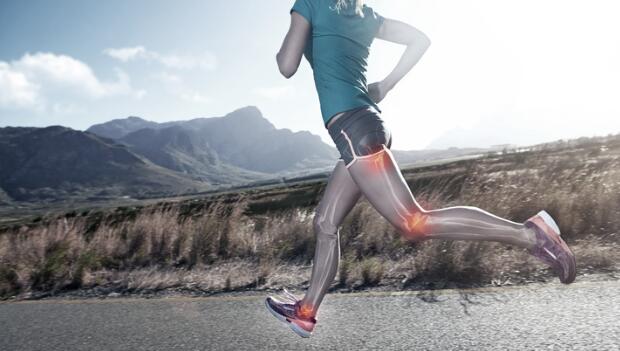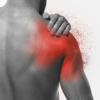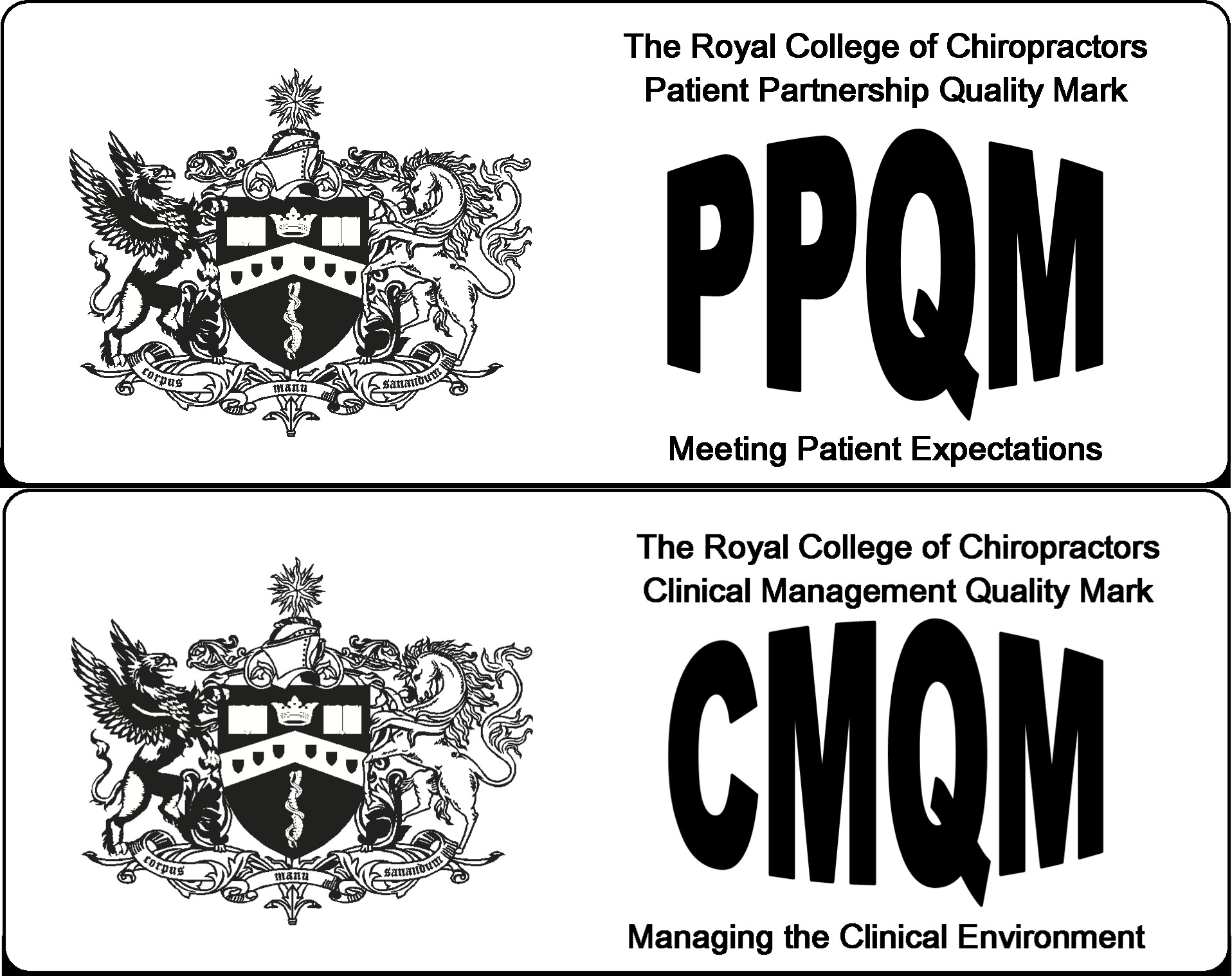FEET KNEES & HIPS
Look after your legs and they will look after you
Your feet, knees and hips are in constant demand throughout the day and often under pressure.
Chiropractors are trained to look at how the hips, knees and feet affect – and are affected by – the rest of your body, especially your spine.
This article provides advice on some of the more common problems with the lower limbs and how they can be helped.
Feet and ankles
Most of us will have twisted an ankle at some stage of our lives. The most common injury to the ankle, the ‘common ankle sprain’, is usually caused by turning it in, such as when wearing high heels, or turning it over by stepping on a stone or the edge of a kerb.
Only occasionally, the end of the bone on the outside of the ankle breaks. More often, however, it is the ligaments of the ankle on the front and side that tear and produce swelling and bruising.
It usually takes between four and six weeks to recover from the immediate injury but sometimes the joints and ligaments of the foot don’t fully recover. This can cause problems to recur in the ankle or other areas to be put under strain.
The ankle, or other joints in the foot, may remain restricted, or the ligaments may not repair satisfactorily on their own. Because the injury may have healed poorly in this way, it is common to roll the ankle and sprain it again after the initial injury.
Knees
The knee is the largest joint in the body and as such has a few unique features to allow it to do its job: It relies on strong ligaments to keep the two bones together and has two sickle-shaped pieces of cartilage to allow the bones to fit well against each other.
The kneecap helps the pulley mechanism of the front thigh muscles to straighten the knee more effectively.
Bending and twisting actions often caused by skiing or football injuries can damage the ligaments and cartilages of the knee joint. With age, the joint both at the kneecap and at the main joint can be prone to wear and tear leading to osteoarthritis.
Arthritis
Arthritis is a term most people recognise but different mechanisms cause the painful and disabling joint pain.
Osteoarthritis is a degenerative joint disease and the result of “wear and tear”. Rheumatoid Arthritis is an auto-immune disease where the body attacks its own tissue – in this case the lining of the joints.
In spite of these differences, both conditions may benefit from chiropractic care although whilst a permanent cure is unlikely improvement in pain and mobility does happen by optimising function of the joints. Enabling the joints to move as freely as possible and relaxing the surrounding muscles, the result of treatment is less disability resulting in a reduction in pain.
Osteoporosis
Osteoporosis is a disease in which bones become fragile and more likely to fracture due to a loss of calcium and other mineral components. This condition is often called the “silent disease” because bone loss may occur without symptoms.
Pronation
Pronation is the term used to describe the rotation of the foot so that the inner edge of the sole bears the body’s weight. It is a normal and important event in the walking pattern, enabling the foot to work as a shock absorber for the body. However, over-pronation (excessive rotation) can cause problems in the feet such as flat feet, bunions and widening of the forefoot. Knee, hip or back pain may also be caused purely by over-pronation in the feet.
It is therefore important to recognise the condition and your chiropractor will be able to advise on the correct shoes to wear and on exercises, which will help to strengthen your feet. Sometimes insoles or ‘orthotics’ are needed to support the feet and protect the structures above.
[/vc_column_text][/vc_column][/vc_row]






